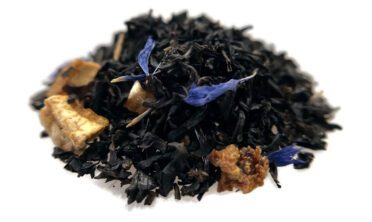
Nutmeg
Native to the Banda Islands, also known as the “spice islands,” nutmeg and mace come from the fruit of the tropical evergreen tree Myristica fragrens. The fruit resembles a firm, yellow nectarine, however it has a sour and unpleasant flavor. It is the only tropical fruit that is the source of two spices. Nutmeg is the seed in the fruit, while mace is the protective covering that transfers nourishment from the fruit to the seed.
Nutmeg trees are either male or female, with one male tree being required to fertilize 10 female trees so they can bare fruit. However, it is not possible to determine the sex of the trees until they reach 5 years of age. Female trees will begin producing fruit around 7-9 years of age and can keep producing up to 40 years.
Nutmeg has a warm, sweet and spicy flavor that compliments both sweet and savory dishes. Commonly used in baking in combination with spices like cinnamon and ginger, nutmeg also adds dimension to stews, sauces, curries and slow-cooked meat dishes.
Purchasing whole nutmeg is a great way to extend the life of this volatile spice, especially if it sees limited use in your kitchen. Simply use a nutmeg grater or the smallest-hole side of a cheese grater to grate the required amount of spice off of the whole seed. Nutmeg is also considered a “wedding charm” spice, along with rosemary and star anise. German tradition says a sound marriage will result if a sound nutmeg is kept in the kitchen.
Mace has a fresh, light flavor similar to nutmeg, yet more delicate. Mace’s less robust flavor is ideal for use in seafood dishes, as well as cakes, pies and doughnuts. It is also used in many sausage recipes and sauces for chicken or veal.






Reader Interactions